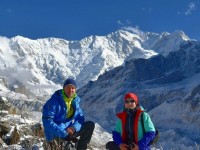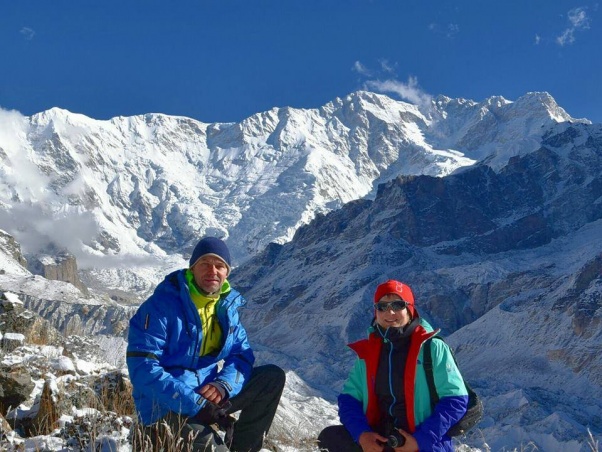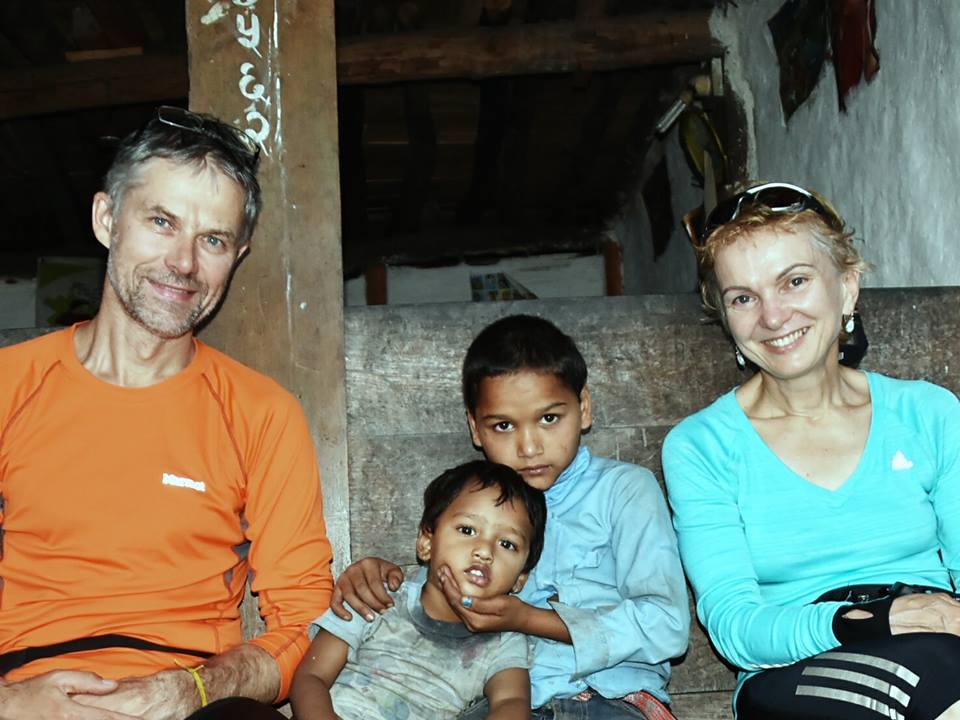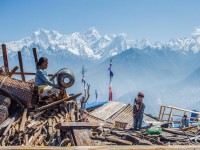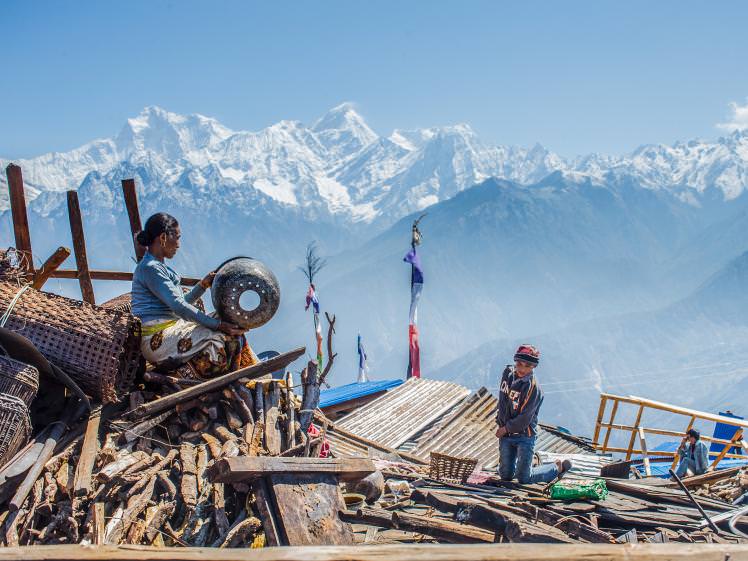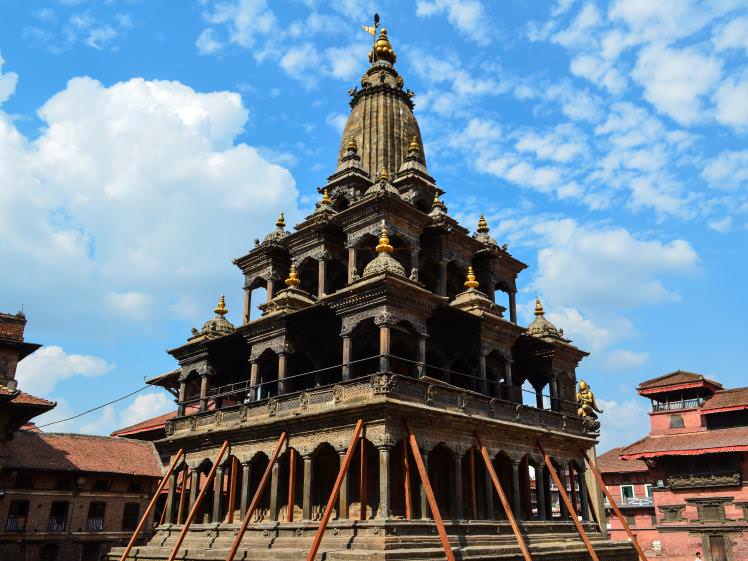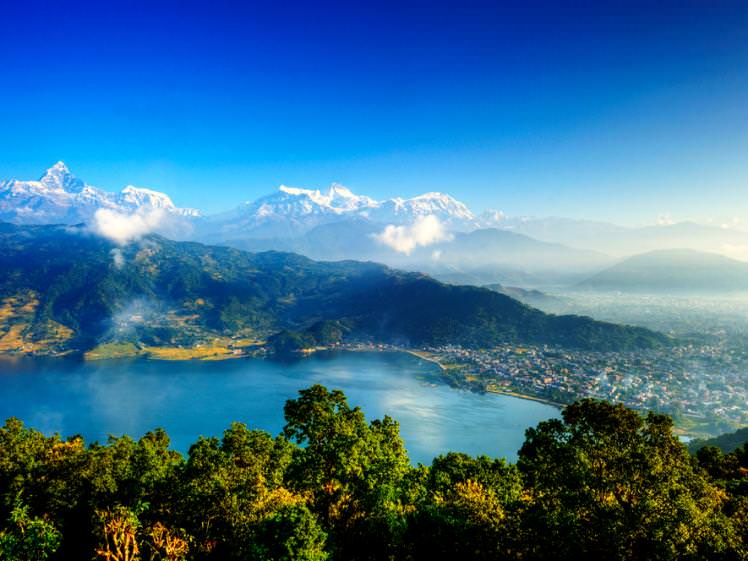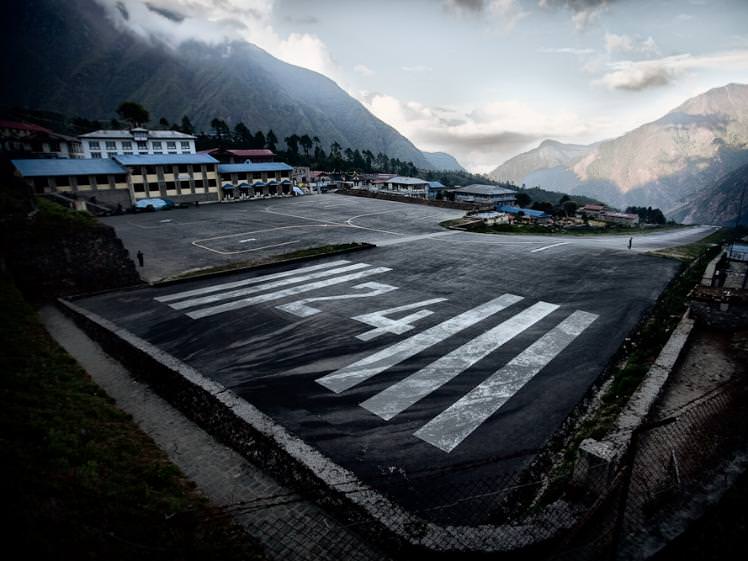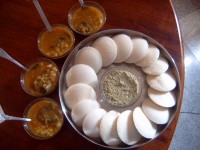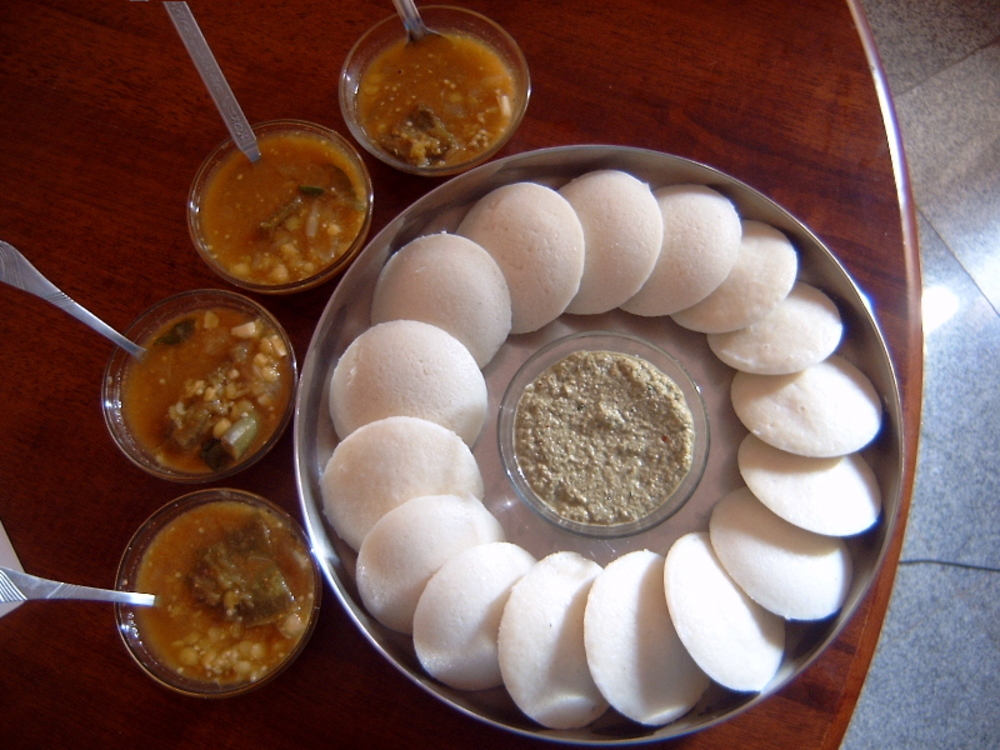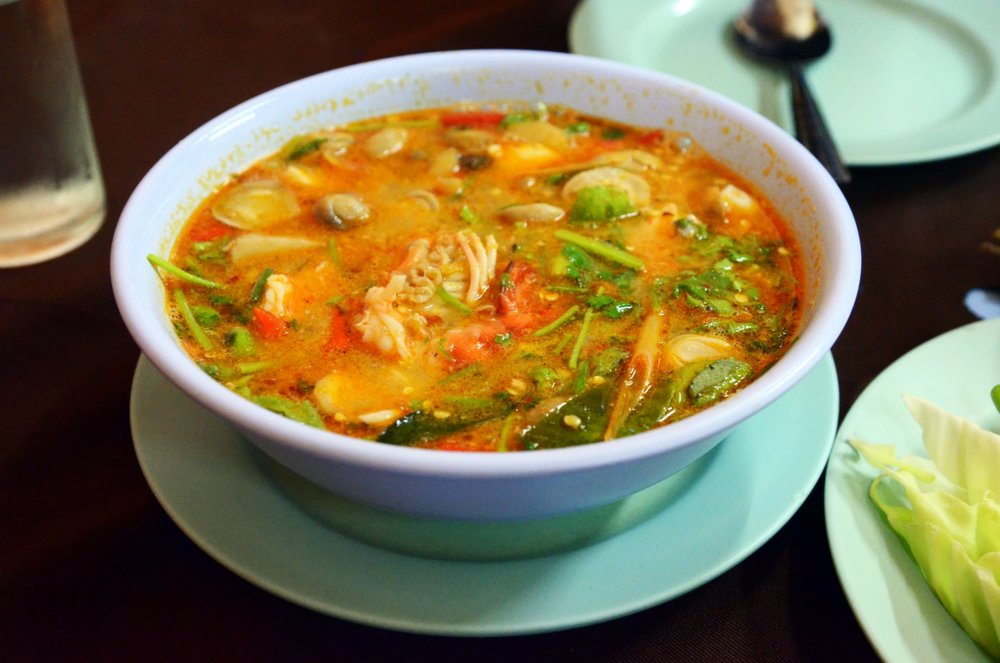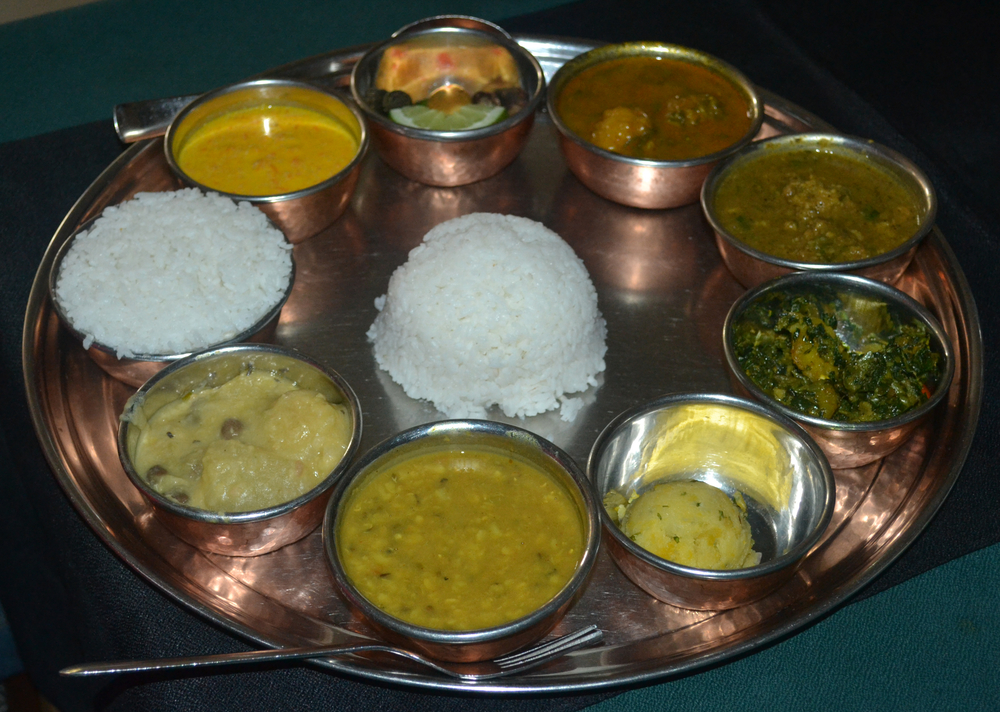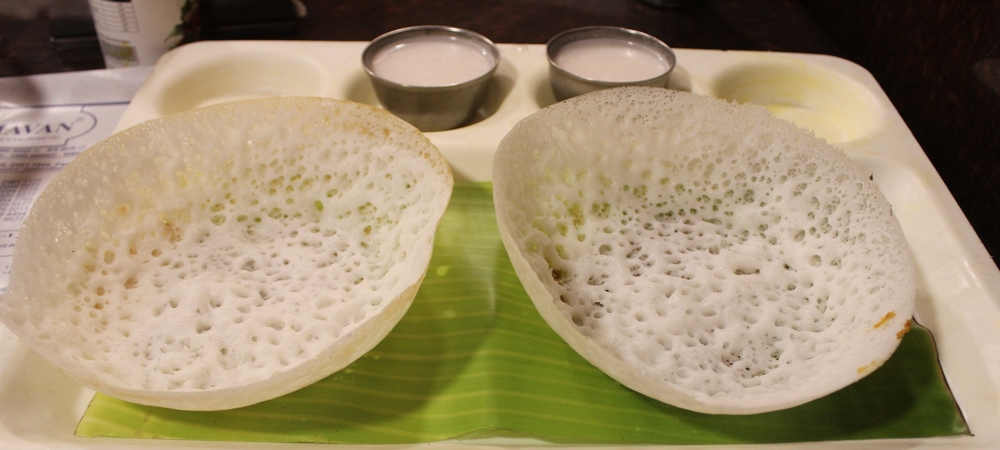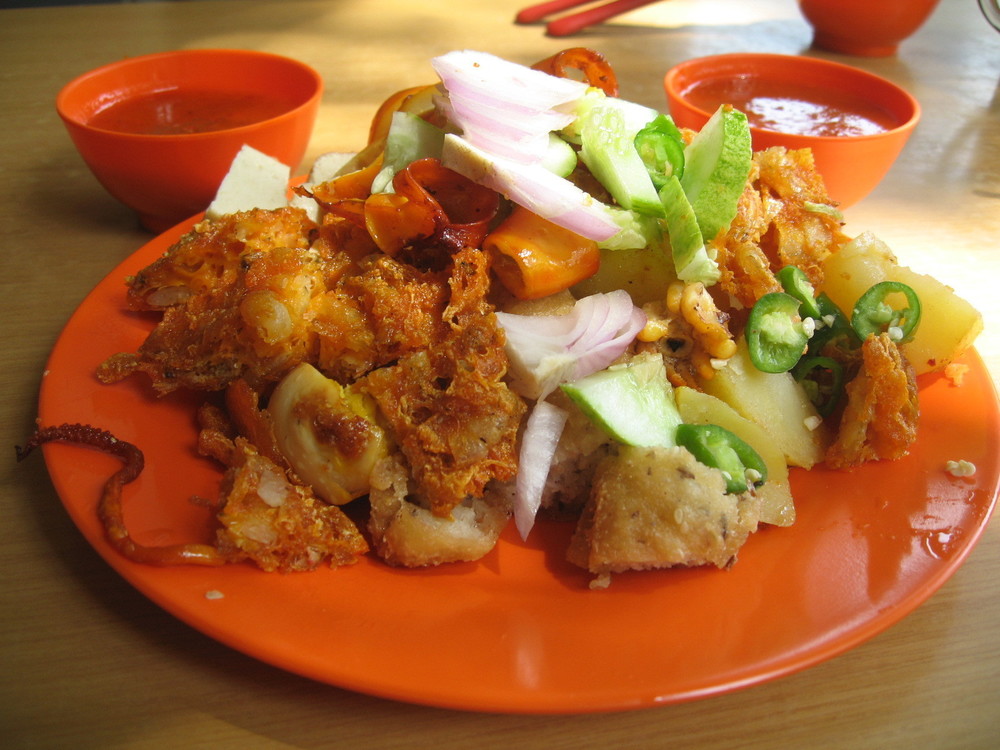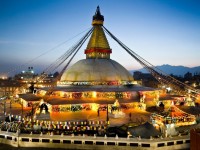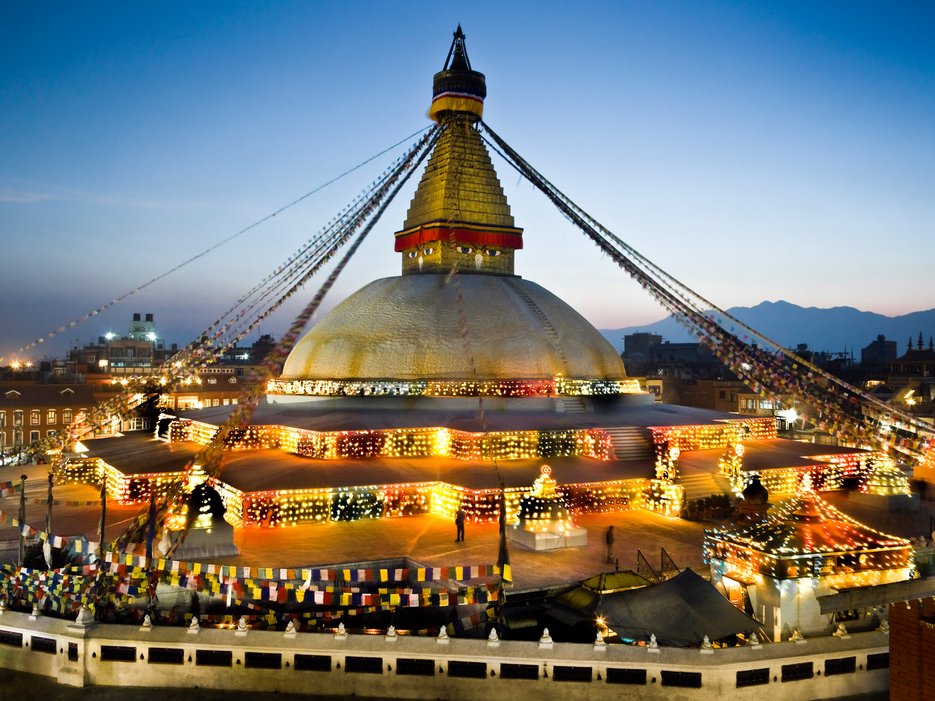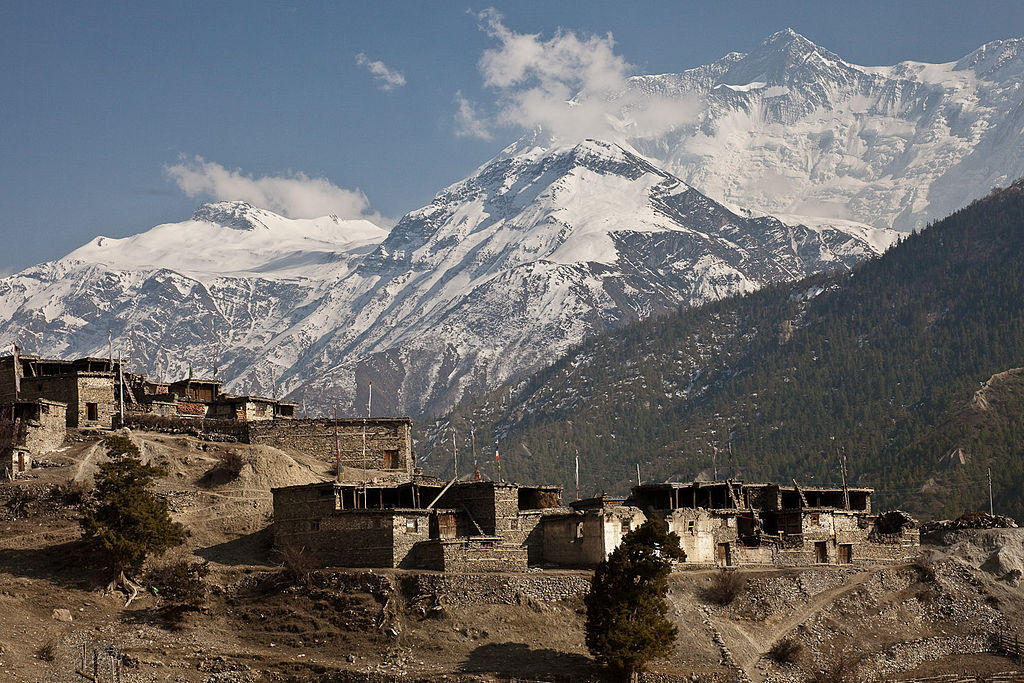
Glenn Rowley, founding director of UK based KE Adventure Travel was in Nepal for almost a month, visiting Everest Base Camp (EBC) and Annapurna Base Camp (ABC), among others. Kriti Bhuju of Republica talked to Rowley on how KE has been supporting Nepal for the last 30 years and how KE can help in the revival of Nepal’s tourism industry. Excerpts:

How did KE Adventure Travel start its journey in Nepal?
I have always been into climbing and trekking. In 1984, I just wanted to see the mountains in the Karakoram Range in Pakistan where nobody had taken any trekkers or been to. We trekked to the K2 Base Camp. It took three weeks and we found it was one of the hardest trekking routes. After coming back, we decided to take a group there to share the Karakoram experience which became the basis for the companys name KE). We spent the 1984/1985 season there. About the time we finished there, they opened the Khunjerab Pass that connects Pakistan with China for the first time, traveled there and then down through Tibet on road and came to Kathmandu in October 1986.
I then had the idea of offering trekking packages to peaks in Nepal as nobody was offering this type of destination as a holiday. I then climbed Chulu East peak and trekked through the Annapurna Circuit. The following year we named our experience KE Adventure Travel. In those days all we were interested in were new trek routes, so we did Dolpo, Humla, Kanchanjunga, Makalau and the Mera Peak.
In 1989, I took our first group to Tashi Lapcha across Rolwaling and from Tumlingtar to the Mera Peak. We promoted many peaks beside EBC and ABC and it was only in 1990 that we became more commercial and advertised these two most sought after destinations.
You focus mostly on adventure travel holidays. How do you ensure that you can still bring guests during times of crisis like now?
Nepal was the number one destination for us until 2013 when we used to bring 700 to 800 clients a year here. When the earthquake hit, we stopped getting new bookings for Nepal, but we also had no cancellations. We called all our clients and told them that Nepal was safe and that we could still organize trips here. We convinced them not to cancel even as all other companies were canceling.
We did face a few problems as our Foreign and Commonwealth Office (FCO) had issued a travel advisory asking citizens to practice some cautions about coming here. So we contacted our insurers and they agreed to continue coverage for us for operating in Nepal despite the foreign office advisory. We told our clients that the FCO would change its advisory soon and it did change in October. Till then we didn’t have any cancellation. This way, we managed to bring guests and now we are focusing aggressively in promoting Nepal in the best ways we can.
How did your clients respond right after the earthquake? How many tourists have you sent to Nepal after April 25?
We have brought around 400 clients post earthquake but we couldn’t convince our clients until we got a proper picture from feedback of people who were still trekking here and enjoying the beauty of Nepal. So far, we have sent more than 15,000 clients to Nepal for trekking, of which 80 percent are from the UK and 20 percent are from the US. Nepal was our top selling destination among 200 destinations before April 2015 and now it has dropped down to Number 10 not only because of the earthquake but also as more people are showing preference for Europe these days. However, we are trying our best to bring it back to Number 1 again by spring 2016.
Its only old houses and structures that collapsed. Solid structures are the same as before. People were surprised with the smiling faces, fantastic quality of service and all the still standing structures as back in the UK they were still thinking that everything had collapsed. They found less traffic, easier roads to cycle around, and trekking areas quieter. Most of our clients think its the right time to come to Nepal.
How are you planning to pull Nepal back to your No 1 destination?
We did a Back to Nepal campaign a month ago, with pictures from Annapurna, Everest, Dolpa, Mera Peak, etc, showing that everything was good and safe here. We also launched a “Save Pound 100” campaign on November 17 for all our packages to Nepal for the spring if they booked before December 31 for the spring season, and before February 29 for the autumn. We have also waived rental charges on trekking equipment.
We have been posting best pictures of Nepal from Annapurna, Everest, Dolpa, and Mera Peak, among others showing travelers that everything is good and safe.
Through the Juniper Trust a partner organization of KE we have raised US Dollar 150,000 and are building 10 schools at various earthquake affected areas in Nepal.
In your opinion, what is the USP of Nepal?
Its people and their friendly behavior, smile and resilience, the weather, and definitely the mountains. Of our total clients, 20 percent are repeat customers to Nepal and they come back here for the people.
What should Nepal do in the current situation to revive the tourism industry? How can the government here support private companies like your who have been supporting Nepal?
First, solve the current problem and solve the supply crisis of daily essentials and fuel that has a direct impact on prices. Right after the earthquake, the monsoon started and nobody knew what the situations were like in the trekking areas. The government could have done a lot during the monsoon period to revive tourism for the autumn but nothing was done.
The government can facilitate getting climbing permits processed faster as it has become slower with Nepal Mountaineering Association (NMA) not giving permits now. The government can reduce permit fees for trekking peaks for even a year i.e. for 2016. The government can come bring out campaigns like “Free Permit Year 2016” or something like that which will help Nepal revive faster.
We are trying to extend the season in December and January i.e. the Christmas New Year season as prospective clients have holidays. The government should also think of extending the season.
Follow and share our more detail from our social media : Facebook, Pinterest and Twitter
Source: My Republica
Contact Us:
E-mail: sales@samratnepal





